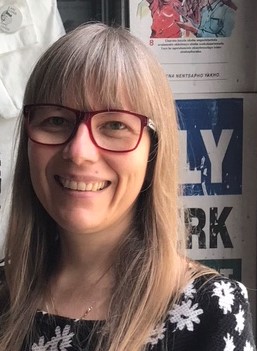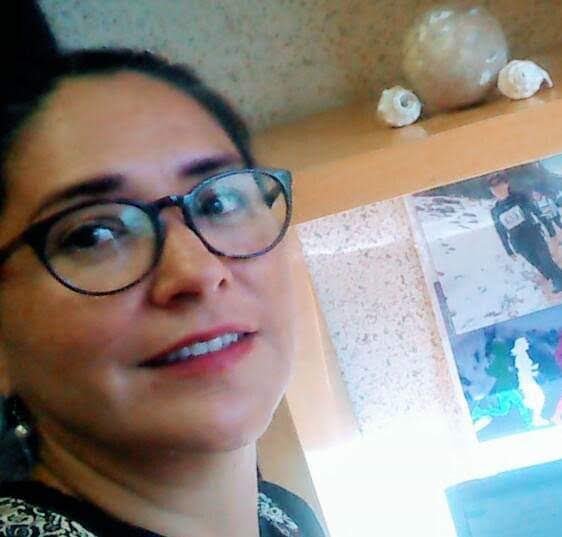
To compare the perception of the quality of life (QOL) of community-dwelling older adults with the phenotype of frailty. Cross-sectional analysis of baseline data of the "Cohort of Obesity, Sarcopenia and Frailty of Mexican Older Adults" (COSFOMA). Operationalization of frailty was carried out using the phenotype as follows: weight loss, self-report of exhaustion, low physical activity, slow gait, and weakness. QOL was measured using two scales: World Health Organization Quality of Life of Older Adults (WHOQOL-OLD), which is a specific instrument for the elderly population, and Short Form-36 Health Survey (SF-36), a generic instrument to evaluate the QOL related to health. One-way analyses of variance were conducted to assess the differences among the three phenotypes of frailty and QOL perception. There were 1252 older adult participants who were analyzed; 11.2% (n = 140) had frailty, 50.3% (n = 630) pre-frailty and 38.5% (n = 482) were not frail. The mean (±SD) total score of the WHOQOL-OLD according to the phenotype of frailty was 60.3 (13.9) for those with frailty, 67.4 (12.7) pre-frailty and 72.4 (11.2) not frail (ANOVA, p










